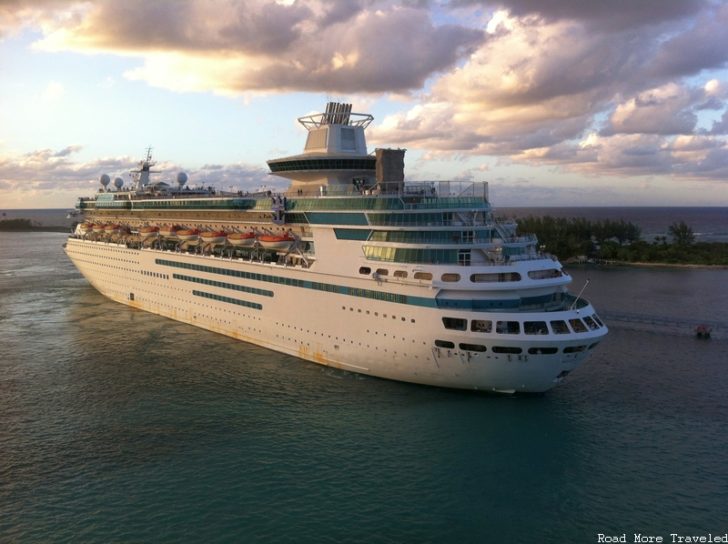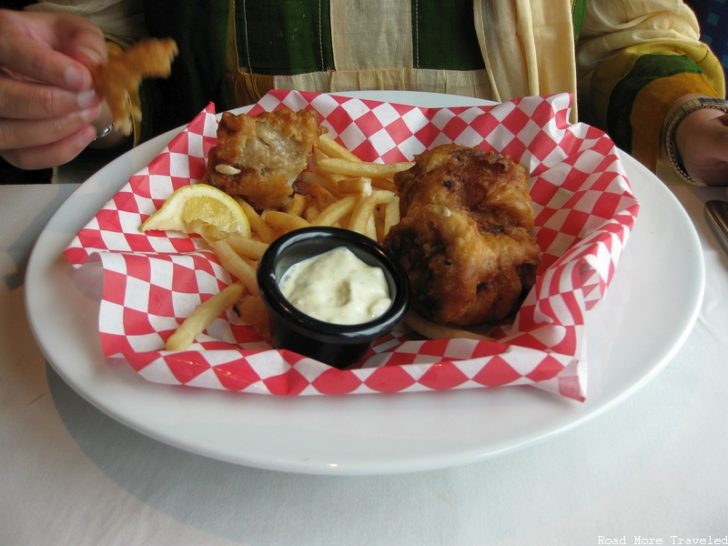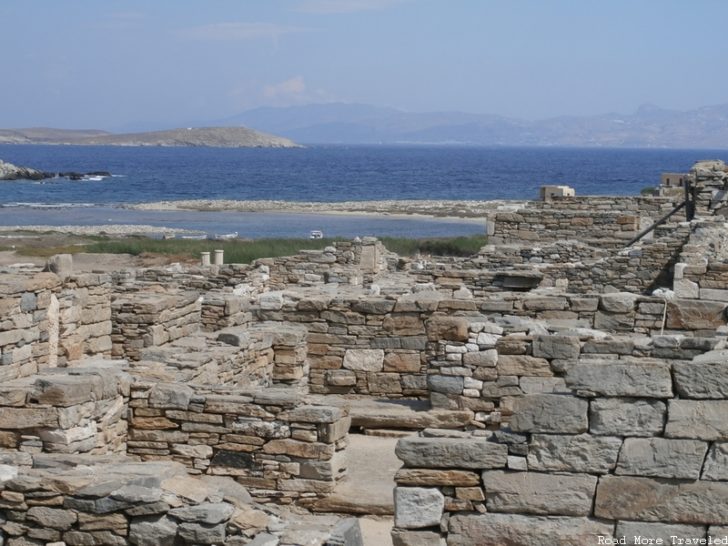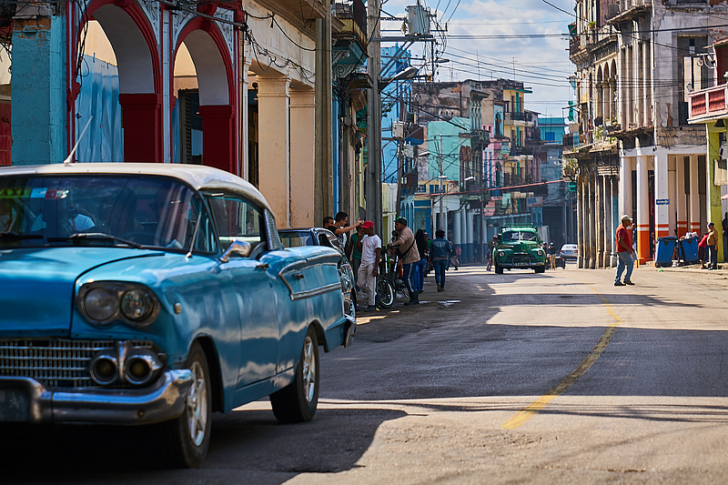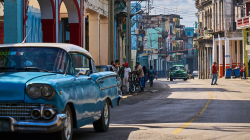I’m a big fan of cruising, and am a veteran of 7 so far. Recently, Royal Caribbean sent me an e-mail solicitation that caught my eye. Major cruise lines, including RCCL, recently resumed cruising to Cuba. But Royal Caribbean advertised something even more interesting – overnight stays in Havana. Select itineraries out of Tampa provide two full days and an overnight in Havana. As fellow blogger Tashir chronicled, Cuba can be, ahem, a challenging destination. Which got me to thinking: could an overnight cruise be the ideal ticket to the mysterious island?
Cruising to Cuba – The Basics
Several companies now cruise to Cuba, with Norwegian and Royal Caribbean the best known mass-market brands. For this post, I’ll use RCCL itineraries from Tampa to Havana as an example. (See my review of our RCCL cruise to the Bahamas for more on the experience.) However, Norwegian also offers a good product, as my cruise to Bermuda demonstrated. Either one should offer a similar experience to Cuba.
The particular itinerary I looked at was a 5-day cruise, roundtrip from Tampa. The ship arrives in Havana on Day 3 at 1 pm. It then departs on Day 4 at 8 pm, providing a total of about 30 hours in the city. I’ve taken one cruise with an overnight stay somewhere, my cruise to Bermuda in 2014. It’s basically a come-and-go-as-you-please system while docked. You have the choice of either taking all meals on the ship, or out on land. Likewise, I suppose you could theoretically stay in a hotel or casa particular in Havana. Or, perhaps even take a side trip to one of Cuba’s less populated provinces. The important thing: return to the ship by “all-aboard” time, typically 30-60 minutes before departure.
For those new to cruising, all cruise lines offer several group shore excursions in port. Passengers are free to book their own excursions. I’ll discuss the relative pros and cons of each below. Prices for this particular cruise begin at $659 per person. That includes cruise fare and most meals, but NOT shore excursions, or beverages besides coffee, juice, and water.
Concerning travel documentation, the same rules that apply to air travelers also apply to cruisers. You must complete an OFAC certification, and obtain a tourist card. Royal Caribbean made information difficult to find, but Norwegian Cruise Line provides the following information:
How do I certify that I am travelling under one of the OFAC-approved categories of travel?
All guests must complete a certification form which sets forth and confirms that they will be participating in OFAC-compliant activities.
Click here to link to the certification form. One per guest.
Certification must be received by Norwegian no later than 3 days prior to the departure date. Please be advised that guests will not be able to board the vessel without having first completed the form.
All guests will be self-certifying which means that they are solely responsible for arranging a full-time schedule of OFAC-compliant activities, as explained above. These activities may include excursions provided by Norwegian or activities arranged by guests themselves.
NCL sells tourist cards for $75; I’d imagine Royal Caribbean charges a similar price. Or you can get one on your own. Remember, please be honest when completing your OFAC certification…
Cruising to Cuba – The Pros
I see three primary pros to visiting Cuba by cruise ship:
No Advance Planning Needed
As Tashir’s experience showed, Cuba really isn’t the kind of place to just show up and expect to have a smooth experience. But the great thing about cruising? You don’t have to plan at all. Just show up, book a shore excursion or two, and have fun. So, if you don’t have time to plan, but don’t much fancy flying by the seat of your pants, either, cruising might be a good option.
You Can Use Credit Cards, AND Escape the Dollar Conversion Penalty
While cruising, all shipboard expenses are billed directly to your stateroom. Therefore, if you don’t mind the group excursions, all expenses can bill to your room. And since stateroom charges settle to the credit card of your choice, you can earn points on those expenses. To me, at least, that beats having to use cash for lodging, tours, etc. For one, I’m uncomfortable carrying cash around. But more importantly, this allows you to avoid the odious exchange penalty when exchanging dollars. Normally, dollars convert at roughly 87 cents per “convertible peso”, or CUC, due to a 10% penalty.
NOTE: you MIGHT avoid the conversion penalty by purchasing euros, Canadian dollars, Mexican pesos, etc. first. Your success depends on two volatile factors, however. One, the exchange rate from dollars to foreign currency, and two, from that currency to CUCs. I’ve found the house almost always wins when trying to play foreign exchange games, so buyer beware.
If The Food is Bad, There’s Always the Ship
If there’s one common complaint I see from visitors to Cuba, it’s the food. I suspect the complaints may be overblown, due to unrealistic expectations. But given that I’ve read so many complaints online, perhaps it’s best to prepare for the worst. Should you find authentic Cuban cuisine unappetizing, the ship makes for an easy backup option. Shipboard cuisine is generally pretty good, whether you want a fancy meal in the main dining room…
…or a simple meal of fish and chips at the grill.
For that matter, if you step off in Havana, and decide the country isn’t so great, you can always entertain yourself on the ship. All cruise lines maintain several onboard activities, even when in port. Plus, there’s always the pool and the spa.
Cruising to Cuba – The Cons
Of course, I’d be remiss if I didn’t mention the drawbacks of taking a floating vacation to Havana.
Cruise Line Shore Excursions Are Not So Great
Yes, cruise line shore excursions make things simple, and allow you to go cashless. But I’ll be honest – the quality of tours is hit or miss. All ship-sponsored excursions are of the large group variety. You’ll generally tour with at least 20, but up to 60, other passengers. That results in a largely “assembly line” type experience, as you’re herded from place to place, but don’t really have much time to see things. Naturally, though, you get plenty of free time at the ship-approved shopping areas.
If you’re assigned a good guide, that can help considerably. For example, we had a terrific guide on our day excursion to Delos. So, despite the large group, I found the tour as enjoyable as a DIY or small group one. Views like this certainly didn’t hurt.
My mom, on the other hand, drew a poor guide, and didn’t enjoy it at all. Because of this, many seasoned cruisers arrange “private” shore excursions through a local agent instead. Or, they’ll take their chances and try to negotiate with a guide/driver once in port. But if you’re going to do that in Cuba, doesn’t it make more sense just to fly to Havana?
There’s Not Much Time to Explore Outside Havana
This particular itinerary allows for 30 hours in Havana. But everything I’ve read suggests the best of Cuba lies outside the capital city. In theory, that might give you just enough time to hop a flight to another city, and return to Havana before the ship’s departure. The problem, though, is you’re left with very little margin for error. Fail to make it back to the ship in time, and you’re on your own to find your way home. Good luck explaining that one to your boss. Or Cuban immigration, for that matter.
It’s an Expensive Way to Try the Island
Let’s say you’re not sold on Cuba, and just want a two-night stay to check Havana out. You’re not comfortable enough to plunk down a deposit on an Airbnb or figure out a casa particular. If you like Havana, you’re planning on coming back later for a longer stay. A short visit on a ship makes a perfect way to try before you buy, right? Well, maybe, but do the math to determine your total costs.
Unless you live in Tampa or Miami, you’ll also need to factor in transportation from home. Flights from Dallas usually run $200-300 to Florida, plus one hotel night pre-cruise. Because you never, EVER want to fly in the same day the ship departs. Assuming $250 for airfare and $150 for a hotel, that’s $650 on top of $1,300 of cruise fare for two. That’s a lot of money just to check out Havana, even if you use points for the flight and hotel.
But what about just flying to Havana? American sells flights from DFW to Havana for about $325 roundtrip. Leave at 9 am, and you’ll be walking the streets of Havana later that evening. You can use 24,000 SPG points at the Four Points in Havana. Or pay the $200 a night asking price. Even adding in meals, that’s still a lot cheaper than taking a cruise. Plus you can do it all with a long weekend, instead of an entire week to take a cruise.
Of course, this entire line of argument holds true for pretty much any cruise. Other cruises to Cuba include stops in other ports, which may also interest you. You’ll have to decide whether or not the whole package justifies the extra cost and time.
Cruising to Cuba – Final Thoughts
So is a cruise the ideal way to visit Cuba? I’m a Type A+ personality that gets easily frustrated by problems, so a cruise probably does work best for me. It’s the ideal “no hassle” way to visit the island, since everything gets taken care of for you. And I don’t mind paying a little extra for the easy button. If I like it, I’ll go back for a longer visit later. If you’re the adventurous type, though, it’s probably not for you. You’re liable to be miserable on your 50-person walking tour of the city.
Photo above: “La Habana, Cuba” by Pedro Szekely, via Flickr Creative Commons, license Attribution-ShareAlike 4.0 International.

